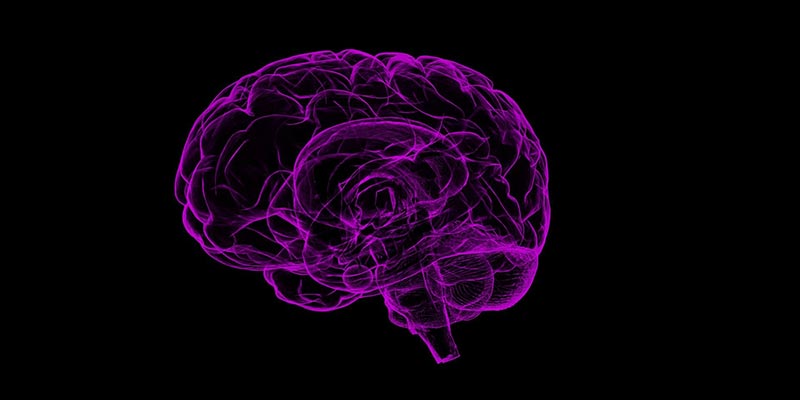
Neural signal combination
Context
The brain must constantly combine information from our senses to allow us to interact with the world. This signal integration happens at many levels, from combining images across the left and right eyes to give us binocular vision, to blending smell, taste and touch to experience eating some delicious food.
The research
We can study signal combination by presenting carefully controlled visual and auditory stimuli, and measuring the brain's responses with magnetoencephalography (MEG) and electroencephalography (EEG). Of particular interest are situations where normal integration breaks down, such as in clinical conditions like amblyopia - a disorder of binocular vision. By combining M/EEG recordings with psychophysical measures, MRI activity, and computational modelling, we aim to better understand the neural algorithms that underpin our everyday sensory experiences.
Featured publications
Contact us
York Neuroimaging Centre
Co-directors Aidan Horner and Beth Jefferies, Department of Psychology
reception@ynic.york.ac.uk
+44 (0)1904 325940
York Neuroimaging Centre,
The Biocentre,
York Science Park,
Heslington,
York
YO10 5NY
X
Featured researcher

Alex Wade
Professor Wade's research interests include visual attention, the representation of colour and contrast in the human brain and the way in which these processes are affected by neurological diseases.
Featured researcher

Daniel Baker
Dr Baker's research interests include human vision, binocular vision, spatial vision, masking, amblyopia, binocular rivalry, computational modelling and psychophysical methods.
Contact us
York Neuroimaging Centre
Co-directors Aidan Horner and Beth Jefferies, Department of Psychology
reception@ynic.york.ac.uk
+44 (0)1904 325940
York Neuroimaging Centre,
The Biocentre,
York Science Park,
Heslington,
York
YO10 5NY
X